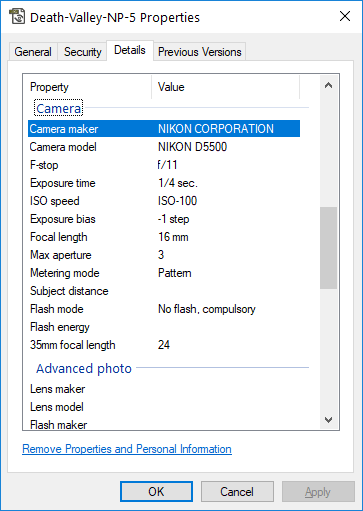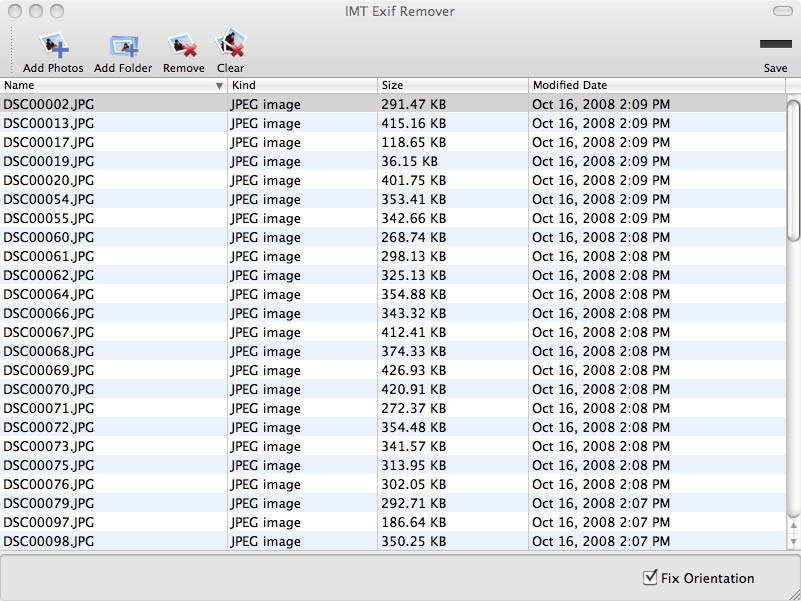

Some common data fields include the camera make and model, its serial number, the date and time of image capture, the shutter speed, the aperture, the ISO speed setting. EXIF (Exchangeable Image File Format) is the most widely adopted standard for encoding this metadata within the photos you take. In addition, you can create your own columns and also this meta information is read from the image and assigned to the column.Digital cameras typically embed metadata at the point of capture into image files. All fields that were also supported by the SharePoint feature are supported. If an image is uploaded or modified in this image library, all metadata is read from the image and written to the corresponding fields of the library. This add-in creates an image library with all the fields you want. The Smarter Exif export consists of a SharePoint Provider Hosted Add-in, which can be hosted in Azure, for example. That’s why I want to introduce them to the Smarter Exif export. However, as this was a very practical feature, we thought about how we could implement it ourselves. This time, however, there seems to be no substitute for this.

Typically, Microsoft changes such points quite quickly or integrates this functionality into another service. However, this function to map the EXIF metadata of image files in an image library is no longer available, and there is currently no replacement for it. Automatic metadata extraction is supported for the following image file types: BMP, GIF, ICO, JPEG, PNG, and TIFF.

Automatic metadata extraction for image files When you upload image files to an Asset Library, any existing metadata for the file is extracted and promoted to any available corresponding columns in the library.The following feature is specified on this page: Visit the Microsoft Support page for instructions on how to set up SharePoint image libraries and save image, audio, and video files. For some time now, SharePoint Online has stopped applying metadata from images to SharePoint image libraries.


 0 kommentar(er)
0 kommentar(er)
